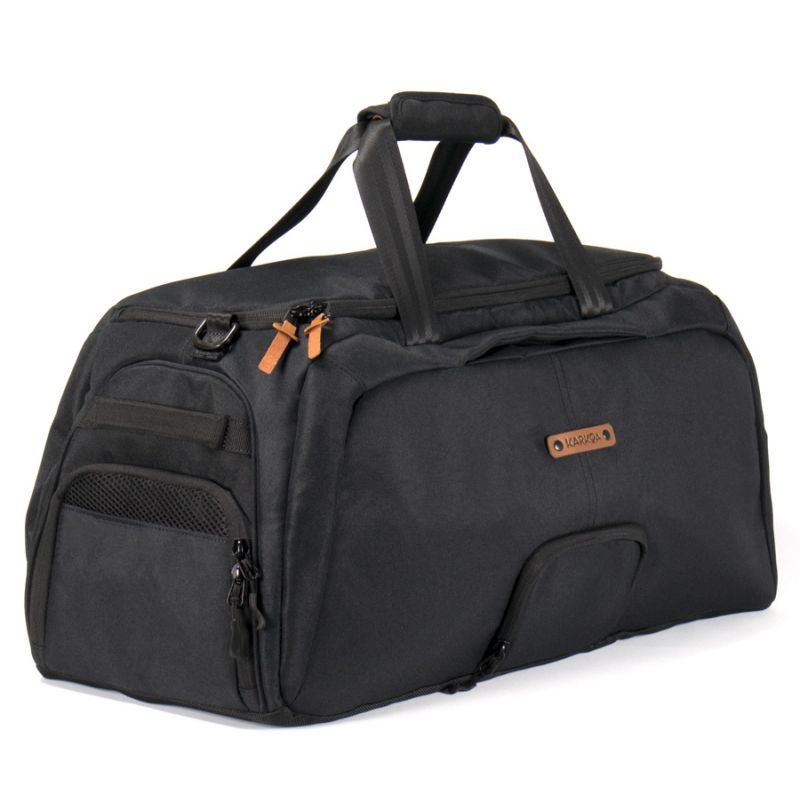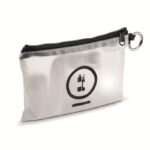Although windscreen wiper syndrome can be serious, it is not inevitable. It can be treated, as long as you don’t underestimate it.
What is windscreen wiper syndrome?
To fully understand what windscreen wiper syndrome is, let’s start with a quick reminder of biology and biomechanics. Muscles are connected to bones by tendons. So when a muscle is used, it causes movement in the bones to which it is attached by tendons. When the muscle contracts, it pulls on the tendon, which in turn pulls on the bone. The tendons therefore enable movement. It is also important not to confuse tendon and ligament. A ligament connects two bones to ensure the support and stability of the joint.
There is a muscle on the outside of the thigh called the “tensor fascia lata”. It runs from the hip bone down to the tibia, to which it is attached. It therefore runs along the entire thigh and knee. The tendon connecting the bones to this muscle is called the iliotibial band.
When you bend your knee while walking, running or pedalling, this muscle and its tendon move back and forth. This is known as the windscreen wiper movement. This repeated movement can cause the tendon to rub against the femur bone. This repeated rubbing will in turn lead to inflammation of the tendon and varying degrees of pain.
What causes windscreen wiper syndrome in cyclists?
There are many possible causes of windscreen wiper syndrome in cyclists. Over-intensive training, a postural and muscular imbalance linked to a poor position on the bike, badly adjusted footrests or saddle, or poor movement can all cause this syndrome.
All these causes can lead to abnormal rubbing of the tendon on the femur and inflammation. It’s important to take this injury seriously, because it is an injury. If you don’t pay attention, it can only worsen over time, with consequences that can go as far as stopping cycling altogether.

How is cycling-related windscreen wiper syndrome treated?
The first thing to do as soon as symptoms appear is to rest. You should then consult a doctor to establish a diagnosis. It’s better to stop than to risk aggravating the condition. It’s important to understand that if you don’t stop as soon as the first pains appear, you risk having to suspend your training anyway and endure the pain for several months.
First phase
The use of an ice pack (never in direct contact with the skin) will initially reduce the inflammation and pain. The burning sensation associated with windscreen wiper syndrome can be alleviated by massage and the application of an anti-inflammatory ointment, which is readily available from chemists. Stretching can also help reduce the pain.
Depending on the progress of the syndrome and the causes identified, physiotherapy sessions may be prescribed to help you correct the position causing the problem, for example.
After a good week’s rest, it’s time to resume physical activity, although you should avoid running and cycling. Swimming is the ideal activity. It helps to strengthen the knee and maintain cardio fitness, while avoiding impact and strain on the knees.
Second phase
Once the symptoms have disappeared and rest has had its effect, it’s time to strengthen your muscles to prevent the recurrence of windscreen wiper syndrome.
To avoid making any mistakes, the best thing is to work with a physiotherapist. The aim is to strengthen the leg muscles, particularly the gluteus medius, hamstrings and quadriceps. To do this, you can use simple exercises such as lunges or squats.
Third phase: a gradual recovery
After these two phases of repair and preparation, you can resume cycling very gradually. Start with relatively short rides, not intensive ones. Ride as if you were working on your endurance, preferably on flat ground. It is important not to exert yourself, and to watch for any recurrence of pain.
Choosing the right sports bag to go with you
For your training sessions, it’s important to choose your sports bag carefully. Karkoa’s bike backpacks are particularly practical when you’re out and about by bike. Their multiple compartments allow you to store your stuff as you see fit. You can carry your sports equipment separately from your toiletries or your work gear in separate compartments or pockets. A waterproof bag cover can also protect all your gear from damp and dust.
















